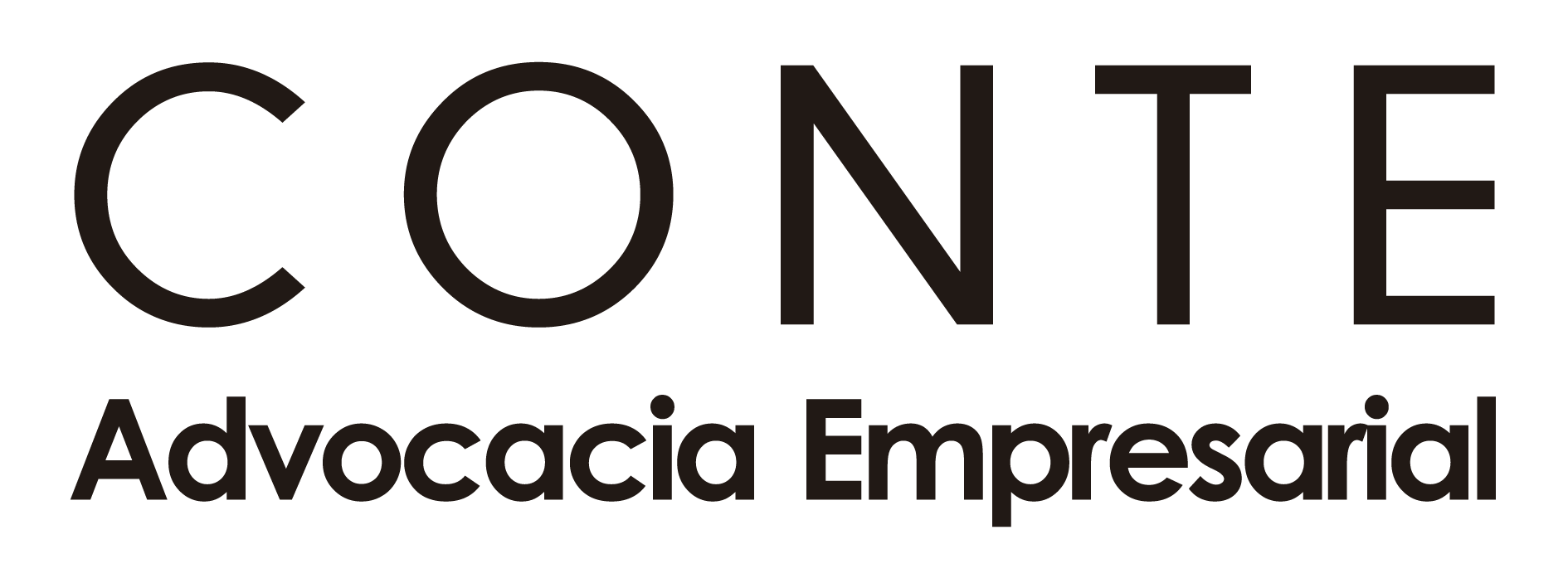Not only does this information boost investor trust and empower stakeholders to make data-driven decisions, but it also keeps your company compliant with regulatory standards. Situations like this are why many companies rely on financial consolidation software which automatically filters and deletes intra-group transactions. Alternatively, manual consolidation can lead to intra-group transaction oversights and inflated numbers, falsely indicating financial stability to stakeholders. Per IFRS 10 stipulations, a company cannot “cherry pick” a performance indicator and must report it as is. It introduces several market risks the company is susceptible to due to some of its strategic decisions, from equity price risks to interest rate risks, foreign currency risks, and commodity price risks. This information is of utmost importance to investors and regulators alike as it reflects the firm’s overall financial strategy and risk exposure transparently.
A contingency that might result in a gain usually should not be reflected in the financial statements because to do so might be to recognize revenue before its realization. However, when a new subsidiary is acquired, consolidation for its finances starts on the date control is gained, and the acquisition is reflected in subsequent financial statements to indicate ownership changes. Possible financial gain dependent on future events not entirely within a company’s control. A food manufacturing company discovers that a batch of its products may be contaminated and issues a recall. The company estimates the cost of the recall, including product refunds, logistics, and disposal, to be between $1 million and $3 million, with $2 million being the best estimate. When a contingency involves a range of possible outcomes and one amount within the range is considered the best estimate, that amount should be recorded.
For example, here is a “disclosures” excerpt screenshot from Berkshire Hathaway’s 2024 annual report. The ______ Recognition Principle is crucial for determining the correct timing to acknowledge revenues, which must coincide with the ______ process and gain realization. Updates to the ______ ______ may be required as the probability and projected value of the gain change.
Unlike loss contingencies, gain contingencies should not be accrued as doing so would result in recognizing revenue before it is realized. Disclosure should be made in the financial statements when the probability is high that a gain contingency will be recognized. The nature of gain contingencies often leads to a conservative approach in financial reporting. Accounting standards generally advise against recognizing gain contingencies until they are realized or virtually certain. This conservative stance helps prevent the overstatement of financial health and ensures that financial statements remain reliable and credible.
Interpreting the Principles of Gain Contingency
Moreover, companies should disclose any significant assumptions and judgments used in estimating the gain. This includes the methods and models employed, as well as the key variables and sensitivities. For example, if a discounted cash flow analysis was used, the discount rate and growth assumptions should be clearly stated. Such transparency not only enhances the credibility of the financial statements but also provides stakeholders with a deeper understanding of the potential risks and rewards.
- While the recognition of these contingencies in financial statements is often conservative, the disclosure requirements are more comprehensive.
- Contact us for help categorizing contingencies based on likelihood and measurability and disclosing relevant information in a clear, concise manner.
- Vaia is a globally recognized educational technology company, offering a holistic learning platform designed for students of all ages and educational levels.
Recognizing and Reporting Contingent Gains in Financial Statements
Since both conditions for recognizing a loss contingency are met (probable outcome and reasonable estimation of loss), XYZ Corporation should record a provision for the estimated loss on its financial statements. Accurately measuring contingent gains is a nuanced process that requires a blend of judgment, expertise, and analytical rigor. The first step in this process involves identifying the potential sources of these gains and understanding the specific conditions under which they might be realized. This often entails a deep dive into the underlying events, such as legal disputes, regulatory changes, or contractual agreements, to gauge the likelihood and timing of the gain. Changes in estimates can significantly affect financial statements, impacting reported earnings, liabilities, and equity.
Understanding how to recognize and report these contingencies is crucial for accurate financial statements. Proper handling ensures compliance with accounting standards and provides transparency to stakeholders. In simpler terms, a contingency is a potential event that could result in a financial impact on an entity, depending on whether or not certain future events take place. To help ensure transparency when reporting contingencies, companies must maintain thorough records of all contingencies. Proper documentation may include contracts, legal filings, and communications with attorneys and regulatory bodies. Legal and financial advisors can provide insights into the likelihood of contingencies and help estimate potential losses.
- When a potential gain is identified, companies must consider how it will be treated for tax purposes.
- Transparency in financial reporting is paramount, and this extends to the disclosure of gain contingencies.
- Reasonable estimability means that the amount of the potential loss can be determined with reasonable accuracy.
- However, when disclosing contingencies related to pending litigation, it’s important to avoid revealing the company’s legal strategies.
Gain Contingency Example: Expected Legal Settlement
However, when disclosing contingencies related to pending litigation, it’s important to avoid revealing the company’s legal strategies. Loss contingencies, on the other hand, are potential financial obligations that may arise from uncertain future events. GAAP requires that loss contingencies be recognized in the financial statements if they are both probable and can be reasonably estimated.
These steps ensure that the financial impact of potential losses is reasonably estimated and properly recorded in the financial statements. The measurement of contingencies under GAAP is based on the principle that the amount recorded should reflect the best estimate of the potential financial impact. When estimating the amount of a contingency, entities should consider all available information, including past experience, current conditions, and future expectations. The goal is to provide a reasonable and supportable estimate that faithfully represents the potential liability or gain. When it comes to financial reporting, transparency is paramount, and this is especially true for contingent gains.
Accounting Methods for Gain Contingencies
The estimation process involves consulting with legal counsel to assess the likelihood of an unfavorable outcome and the potential settlement amount. A manufacturing company is required to clean up environmental contamination at one of its sites. The company’s environmental experts determine that $2 million is the most likely amount. Based on historical data, the company estimates that 5% of the products sold will require warranty service, with an average repair cost of $200 per unit. These criteria ensure that only those contingencies that are likely to result in a financial impact and can be measured with sufficient reliability are recognized in the financial statements.
Here’s an overview of the rules for properly identifying, measuring and reporting contingencies to provide a fair and complete picture of your company’s financial position. Even if a gain is not recognized in the financial statements due to accounting conservatism, it may still need to be considered for tax planning and compliance purposes. Companies must ensure that they are not only compliant with financial reporting standards but also with tax regulations. This often requires close collaboration between the finance and tax departments to align the financial and tax reporting processes. For example, a company might need to prepare for potential tax liabilities or benefits that could arise from the realization of a gain contingency, even if the gain is not yet recognized in the financial statements.
Changes in estimates occur when new information or developments lead to a reassessment of the amount or timing of an asset or liability. GAAP requires that changes in estimates be accounted for prospectively, meaning they are reflected in the financial statements of the period in which the change occurs and future periods. GAAP requires entities to carefully assess contingencies to determine if they should be recognized in the financial statements and, if so, how they should be measured and disclosed. By the end of this article, readers will have a thorough understanding of how to calculate, record, and disclose contingencies in accordance with GAAP, ensuring accurate and transparent financial reporting. The treatment of the gain contingency changes from just a disclosure in the footnotes to a recognised monetary gain in the financial statements.
These references provide a solid foundation for understanding the principles and practical applications of accounting for contingencies under GAAP, ensuring accurate and transparent financial reporting. A company manufacturing electronic devices offers a one-year warranty on its products. Based on historical data, the company estimates that 3% of products sold will require repair or replacement under the warranty, with an average cost of $150 per unit. A Gain Contingency is a potential economic gain that arises from uncertain future events.
Once you’ve removed all intra-group dealings and accounted for gains and losses, it’s time to combine and consolidate. Removing intra-group transactions—like asset or service exchanges between subsidiaries— from your consolidated statement prevents double counting and misstatements. This means that though Alphabet owns many subsidiaries, only the first two—Google Services and Google Cloud—are significant enough to report on individually. The rest are included in the consolidated statement but lumped together into one broad category—Other Bets—due to their minimal bottom-line impact. If a company what is the journal entry to record a gain contingency in the financial statements is involved in a dispute with the IRS or state tax agency, it should assess whether it is likely to result in a payment and whether the amount can be estimated. Arises from past events, confirmation by future uncertain events not under entity control.


Deixe um comentário